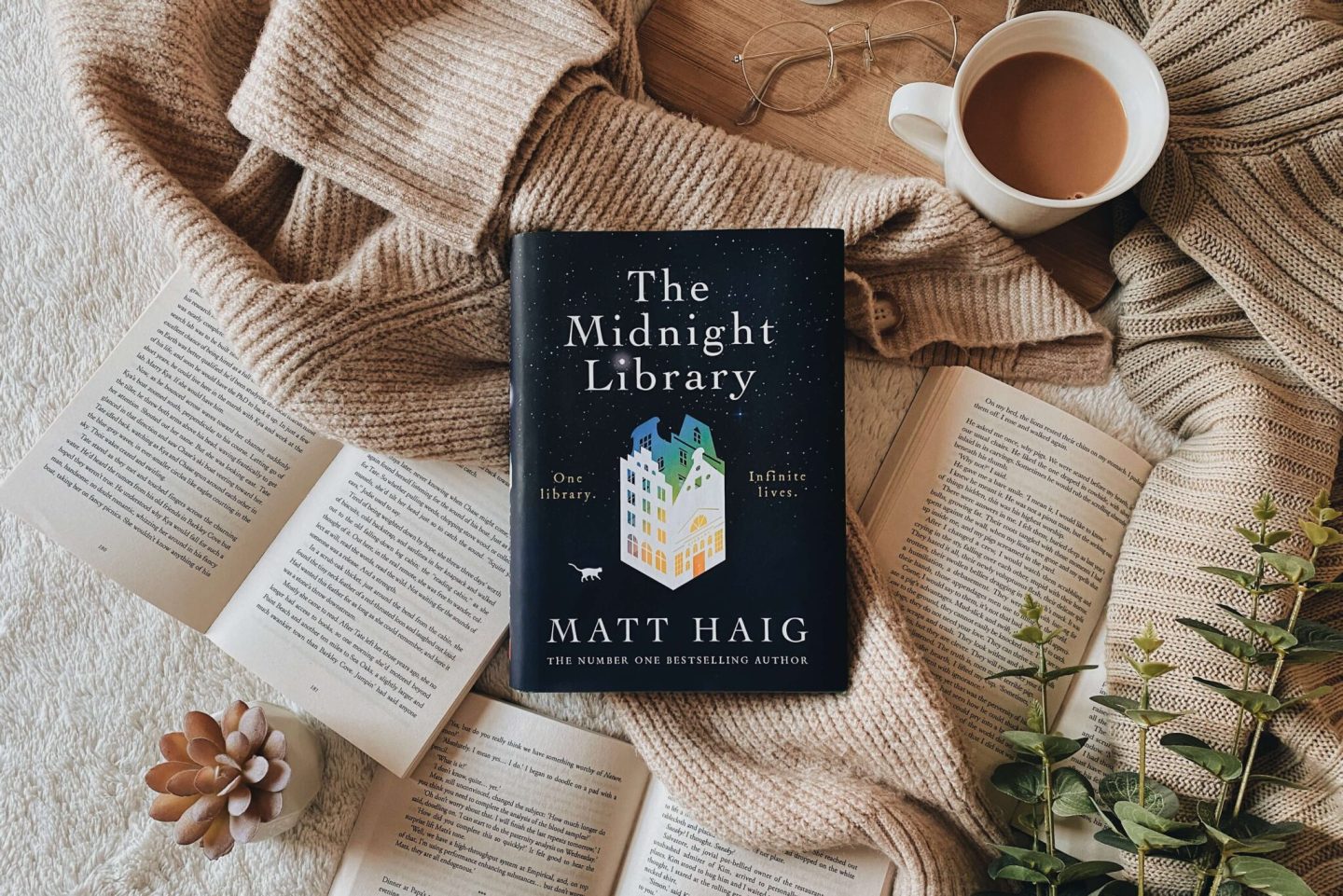
What if you could live a different life? What if your choice of coffee shop one day ten years ago completely changed the path of your future? Would you go back? Would you explore these multitudes of other lives? This is the precise dilemma protagonist Nora Seed faces in Matt Haig’s new release, The Midnight Library.
The novel, released in late August 2020, quickly established itself as a New York Times bestseller. Haig explored mental health issues and self-reflection in his previous works, Reasons to Stay Alive and Notes on a Nervous Planet. Through these non-fiction works, Haig indirectly grounded himself as a figurehead for the self-help and mental health advocacy movements in literature.
A thought-provoking and introspective novel, The Midnight Library immediately engages readers as existential decisions must be made from the opening page. It is impossible not to simultaneously hate and love the protagonist as she discovers herself and battles her depression, often left wondering what choices she could have made differently throughout the course of her life.
Haig delves into this novel with a careful tone, examining the fragility of the human experience under a myriad of different lenses. Readers follow Seed’s exploration of the self throughout her tumultuous but rewarding journey through all variations of her life. Haig details her desire for longing and acceptance through the intentional juxtaposition of jarring variations—leaving both Seed and the reader at a loss for words.
Released at a time when thoughtfulness and introspection were almost inevitable, The Midnight Library ushers in a new way of thinking about the fragility of human life for the philosophical readers and a systemic outline of the multiverse theory for the scientific readers.
The novel takes both a bildungsroman and künstlerroman approach, as Haig’s growth as an author and Seed’s growth as a character often parallel each other, resulting in profound revelations such as, “she imagined now, what it would be like to accept herself completely. Every mistake she had ever made. Every mark on her body. Every dream she hadn’t reached or pain she had felt. Every lust or longing she had suppressed. She imagined accepting it all. The ways she accepted nature. The way she accepted a glacier or a puffin or the breach of a whale. She imagined seeing herself as just another brilliant freak of nature. Just another sentient animal, trying their best. And in doing so, she imagined what it was like to be free.”
These revelations, disguised as Seed’s discoveries, seem to be Haig’s own journey through self-discovery, guiding readers on their own journey of reflection.
A similar notion Haig outlines are his own findings on the intricacy of sadness and its importance in the human experience. He states, “there are no patterns to life … Rhythms. It is so easy, while trapped in just the one life, to imagine that times of sadness or tragedy or failure or fear are a result of that particular existence. That it is a by-product of living a certain way, rather than simply living. I mean, it would have made things a lot easier if we understood there was no way of living that can immunize you against sadness. And that sadness is intrinsically part of the fabric of happiness. You can’t have one without the other. Of course, they come in different degrees and quantities. But there is no life where you can be in a state of sheer happiness forever. And imagining there is just breeds more unhappiness in the life you’re in.”
The novel, a striking take on the delicacy of humanness, guides readers through the complexity of regret, sadness and happiness, while encouraging the prioritization of truly living. Haig offers a rare take on mental illness through protagonist Nora Seed, allowing him to explore the depths of his own humanity as well.
This article contains an affiliate link(s). Learn more.





